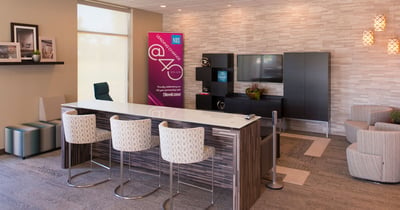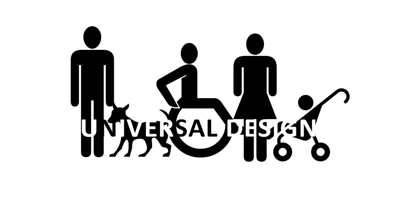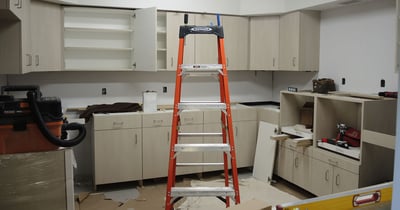Medical and Dental practice owners you’ve taken a big hit same as most other industries due to the Covid-19 shut down. You’re still fresh to reopening and making the extended measures to provide infection control and start treating patients safely again. Your building facility can be made more effective in protecting staff and patients better, including tools for surface cleaning, aerosol infection control and social distancing.
Posts about Remodel (2)
Repurpose Your Commercial Office to Be More Modern
What Ideas Will Work for You?
Appearance is one of the triggers that leads to remodeling, but isn’t the only good reason to remodel. Other reasons like efficiency, reorganizing unused space, right-sizing, and new technology can make a big difference in attracting or retaining talent, saving money and improving productivity. Furthermore, modern designs that are created with goals of safety, appearance, efficiency, and increased focus or productivity can help you to make your space more useful for staff and enticing to clients.
Universal Design Can Change Your Business
In 2015, there were roughly 53 million Americans1 who were disabled either in mobility, in hearing, or with their vision. Moreover, there are the aging baby boomers with special needs, mothers with strollers, and an increasing number of people using service dogs who each have different accessibility needs to public places. Whether you are a restaurant, retailer, bank, medical office, or school (to list a few), you likely already have Americans with Disabilities Act (ADA) standards to meet when you build a new building or remodel your existing one; however, if you aren’t already regulated by Title II or Title III, there are still benefits of planning your building for access to everyone, also known as Universal Design, which is different from ADA. Some are considering Universal Design an emerging concept of good citizenship, much the same way LEED has done for reducing a company’s carbon footprint. Compared to ADA which is mandated by the government to provide accessibility for disabled people within publicly used buildings, Universal Design is a choice that a building owner makes to include accommodations not regulated by the ADA to provide easy accessibility to everyone.
The Most Popular Areas of an Office Remodel (REMODELING Part I)
And Other Office Remodeling Insights
The idea of an “office remodel” covers a broad spectrum of happenings. We’ve completed those that are elaborate and include removing walls to change the layout of the floorplan and others that are as simple as




